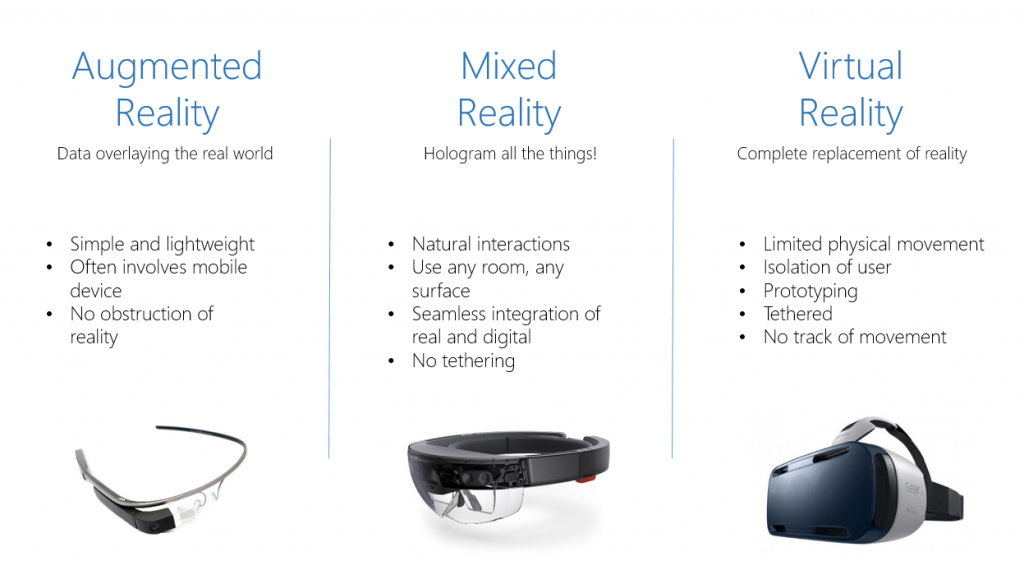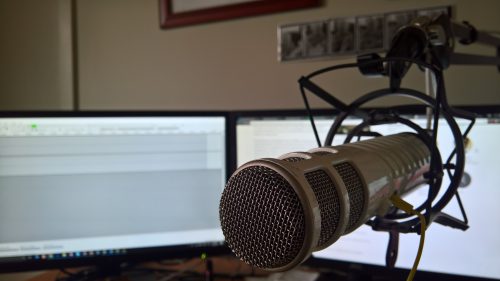The field of robotics is often associated with either research or large manufacturing. Robots build cars or they attempt to do new things robots haven’t done before. Rarely do we think of robots as tools for education, but it is a field that is becoming more and more prominent. Universities around the world already offer courses and degrees to do with robotics, but where do we start before that? This article explores an easy way to get into robot programming and was first published for Pluralsight.
Ever since I saw “Alien” for the first time and the character of Ash turned out to be a robot (that went quite a bit mad), I have had a fascination for artificial humans and humanoid characters. The premise of being able to build machines that can do complex tasks for us independently is both scary and fascinating at the same time.
A recent article that outlined the ethics around robotics and their automation reinvigorated my interest in programming robots (to do my bidding). The article featured quotes from Bill Gates, Elon Musk and Stephen Hawking on how to manage automation in a modern society and posed interesting thoughts on how to make robots part of our day-to-day life. Some economists have suggested that 45 percent of all U.S. jobs could be performed and replaced by robots in the next 20 years, so this question will only become more urgent.
Robotic programming
Because of the often bespoke nature of robotics, their programming has also traditionally been completely bespoke. We haven’t had the “PC” of robots, which has made a single paradigm the norm for robotic programming, so each platform has, in essence, created their own standard. In recent years, a number of frameworks , such as dLife for the Java language and CLARAty from NASA, have sprung to life. Even Microsoft has their own Robotics Developer Studio.
Continue Reading






